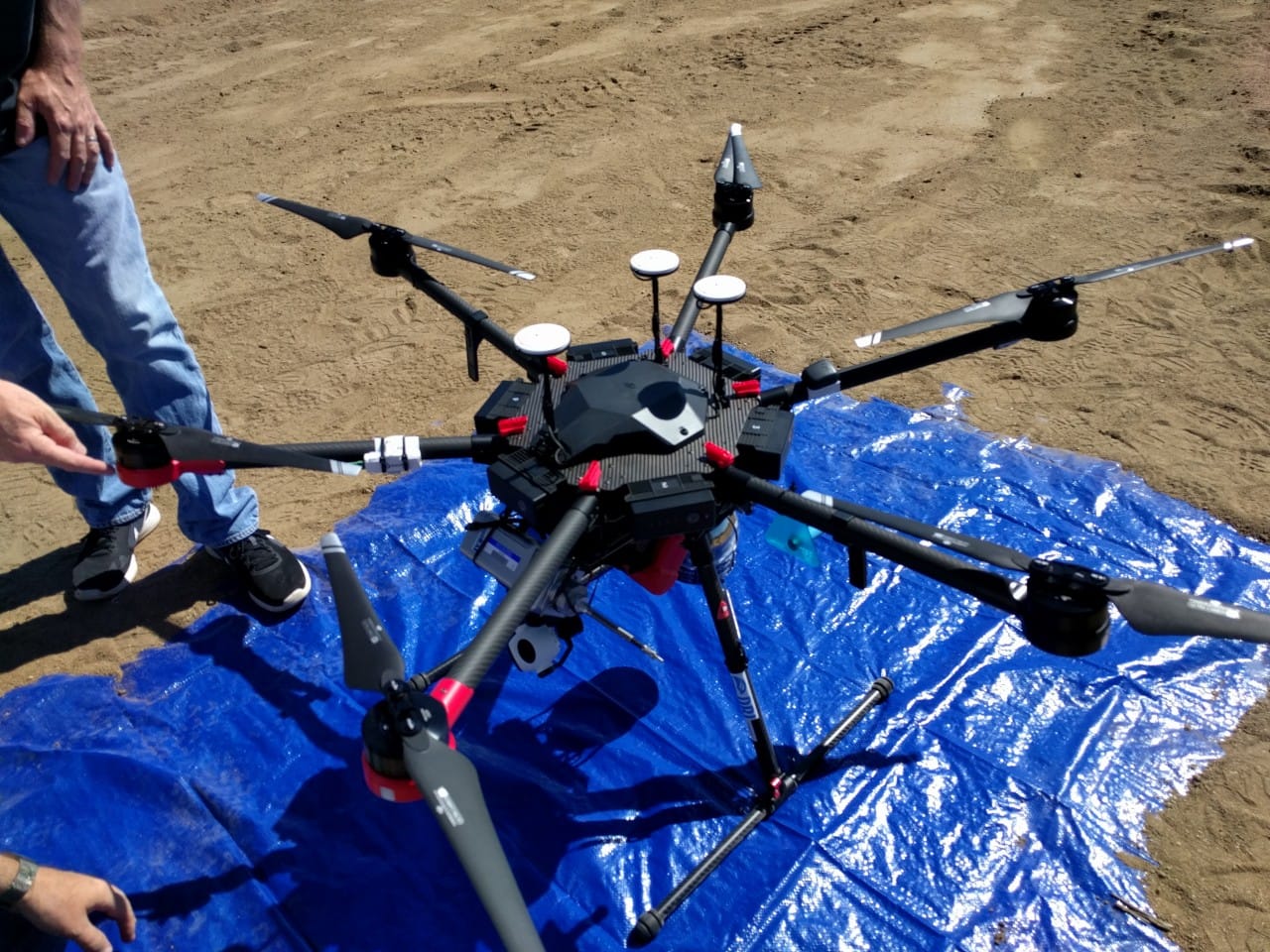Sky elements drones are revolutionizing how we observe and understand atmospheric phenomena. This technology allows for unprecedented close-up views of clouds, atmospheric effects, and even the sun, offering valuable data for meteorological research and stunning visuals for cinematography. This exploration delves into the various applications, technological advancements, and ethical considerations surrounding the use of drones in atmospheric observation.
Sky Elements drones are known for their innovative designs and reliable performance in various applications. However, even with meticulous planning, accidents can occur, as highlighted by a recent incident detailed in this report on a drone show accident. Understanding such events helps Sky Elements refine safety protocols and further enhance the overall dependability of their drone technology for future projects.
From identifying cloud types through image analysis to understanding the limitations imposed by resolution and distance, we’ll examine the challenges and successes of using drones to capture and interpret sky elements. We’ll also discuss the role of drones in fields ranging from meteorological research to filmmaking, highlighting both the practical applications and potential safety concerns associated with operating drones in diverse weather conditions.
Sky Element Identification in Drone Footage
Drone technology offers unprecedented opportunities for observing and analyzing atmospheric phenomena. Analyzing drone footage requires understanding the visual characteristics of sky elements and the challenges associated with capturing and interpreting them. This section details the visual identification of sky elements, the impact of lighting conditions, and a systematic approach to cloud categorization.
Visual Characteristics of Sky Elements
Different sky elements present distinct visual characteristics in drone footage. Clouds, for instance, vary significantly in shape, size, density, and texture, depending on their type and atmospheric conditions. The sun, when visible, provides a strong light source that casts shadows and influences the overall brightness and contrast of the image. Atmospheric effects like haze, fog, or atmospheric perspective also affect the appearance of the sky and other elements within the frame.
The intensity of sunlight directly influences image quality. Overexposure can wash out details, while underexposure can lead to a loss of clarity and contrast, particularly in shadow areas.
Lighting Conditions and Image Quality
Lighting conditions profoundly impact drone image quality and the visibility of sky elements. Bright sunlight can lead to overexposure, washing out subtle details in clouds and obscuring atmospheric phenomena. Conversely, low-light conditions can result in underexposure, reducing image clarity and making it difficult to discern fine features in clouds or atmospheric effects. Golden hour lighting, however, often provides ideal conditions for capturing visually appealing images of the sky with rich colors and balanced contrast.
Challenges in Sky Element Identification
Identifying specific sky elements in drone imagery presents several challenges. Resolution limitations, especially at higher altitudes, can make it difficult to distinguish fine details in cloud formations. Distance also affects image clarity, leading to blurring and a loss of texture. Furthermore, atmospheric conditions such as haze or fog can obscure the visibility of distant clouds and other sky elements, impacting the accuracy of identification.
Cloud Categorization System
A systematic approach to cloud categorization is essential for consistent and accurate analysis of drone footage. The following table provides a framework for classifying different cloud types based on their visual characteristics and considerations for drone capture:
| Cloud Type | Description | Visual Characteristics | Drone Capture Considerations |
|---|---|---|---|
| Cumulus | Puffy, cotton-like clouds with flat bases. | Bright white, well-defined edges, often appear isolated. | Best captured on sunny days with good lighting conditions. |
| Stratus | Low-lying, gray clouds that cover the sky in a uniform layer. | Uniform gray color, often associated with overcast conditions. | Requires careful exposure settings to avoid overexposure or underexposure. |
| Cirrus | High-altitude, wispy clouds composed of ice crystals. | Thin, feathery appearance, often white or light gray. | Best captured in clear skies with minimal atmospheric interference. |
| Cumulonimbus | Large, towering clouds associated with thunderstorms. | Dark gray or black base, anvil-shaped top, often associated with precipitation. | Requires careful planning due to potential safety concerns associated with thunderstorms. |
Drone Applications Utilizing Sky Elements: Sky Elements Drones
Drones are increasingly utilized in diverse applications leveraging sky element data. This section explores the use of drones in meteorological research, cinematography, and aerial photography, while also addressing potential safety concerns.
The increasing sophistication of sky elements drones, particularly in areas like multispectral imaging, raises concerns about their potential misuse. Recent events, such as the kazan drone attack , highlight the need for robust counter-drone technologies and stricter regulations. Understanding these threats is crucial for the responsible development and deployment of sky elements drones in the future.
Meteorological Research and Data Collection
Drones equipped with specialized sensors provide valuable data for meteorological research. They enable close-range observation of cloud formations, atmospheric conditions, and precipitation patterns. This data is crucial for improving weather forecasting models and understanding atmospheric processes. For example, drones can measure temperature, humidity, wind speed, and other parameters within clouds, providing insights into cloud microphysics and dynamics.
Cinematography and Visual Storytelling
In cinematography, drones offer unique perspectives for capturing dramatic sky elements. Their ability to move smoothly and precisely through the air allows filmmakers to create stunning shots of sunsets, sunrises, cloud formations, and other atmospheric phenomena. This enhances visual storytelling, adding depth and impact to scenes. The use of drones in films like “Game of Thrones” and “Planet Earth II” exemplifies their contribution to capturing breathtaking aerial shots.
Aerial Photography and Atmospheric Phenomena
Drones offer significant advantages over traditional methods in capturing atmospheric phenomena. They provide flexibility in terms of altitude, angle, and flight path, enabling the capture of unique and detailed imagery. Traditional methods, such as using airplanes or helicopters, are often more expensive and less maneuverable, limiting the scope of data collection.
Safety Concerns in Varying Weather Conditions
Operating drones in varying weather conditions presents significant safety concerns. Strong winds, rain, snow, or thunderstorms can damage drones or cause them to malfunction, potentially leading to accidents or data loss. It is crucial to monitor weather forecasts and adhere to safety guidelines when operating drones in challenging atmospheric conditions. For example, many drone manufacturers recommend avoiding flights in winds exceeding a certain speed or during periods of heavy precipitation.
Technological Aspects of Drone-Based Sky Observation
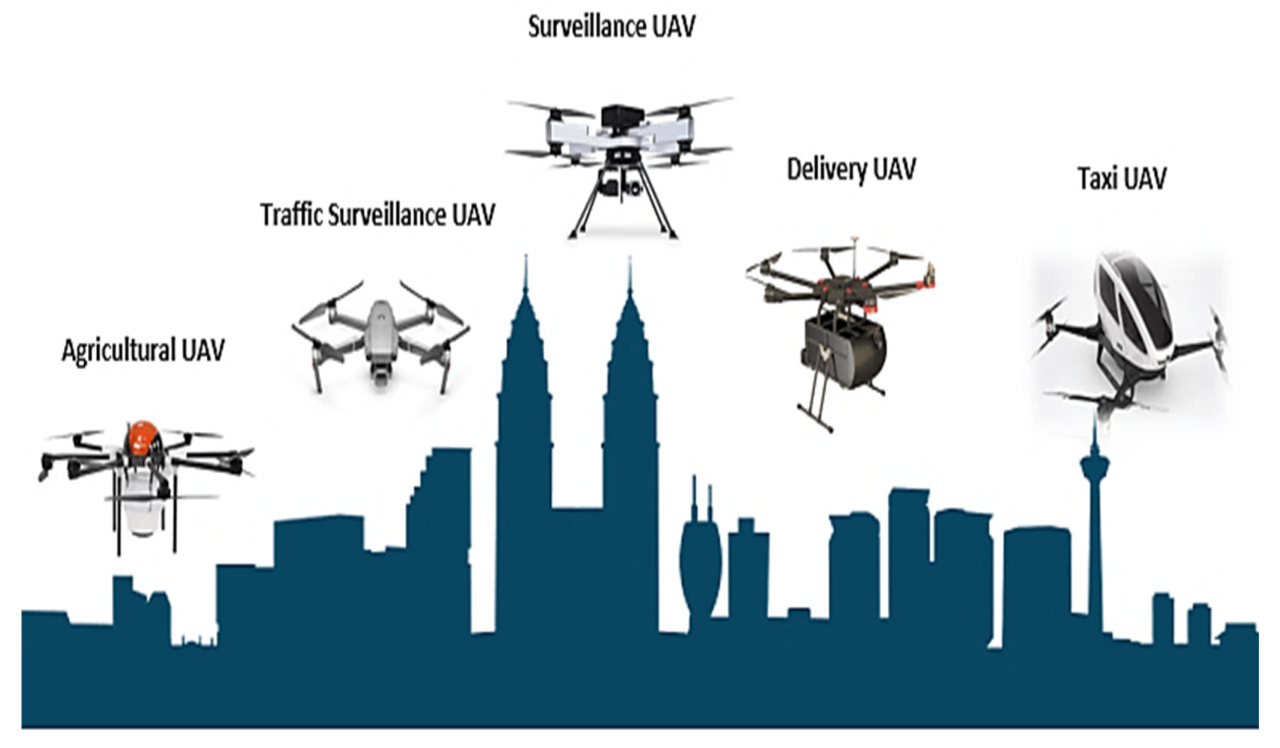
The effectiveness of drone-based sky observation relies heavily on the technology employed. This section details the sensors and cameras used, image processing techniques, and a step-by-step guide for processing drone images.
Sensors and Cameras for Sky Element Capture
Various sensors and cameras are used in drones for capturing sky elements. High-resolution cameras are essential for capturing fine details in cloud formations and atmospheric effects. Multispectral and hyperspectral cameras can provide additional information about the spectral properties of clouds and the atmosphere, enabling more detailed analysis. LiDAR sensors can measure the three-dimensional structure of clouds, providing valuable data for meteorological research.
Each type has advantages and disadvantages regarding resolution, cost, and data processing complexity.
Image Processing and Analysis Techniques
Image processing and analysis techniques are crucial for extracting information about sky elements from drone footage. These techniques include image enhancement, feature extraction, and classification algorithms. Image enhancement techniques improve image quality by reducing noise, correcting for distortions, and enhancing contrast. Feature extraction algorithms identify relevant features in images, such as cloud boundaries, texture, and optical depth. Classification algorithms categorize these features into different types of clouds or atmospheric phenomena.
Step-by-Step Guide for Processing Drone Images, Sky elements drones
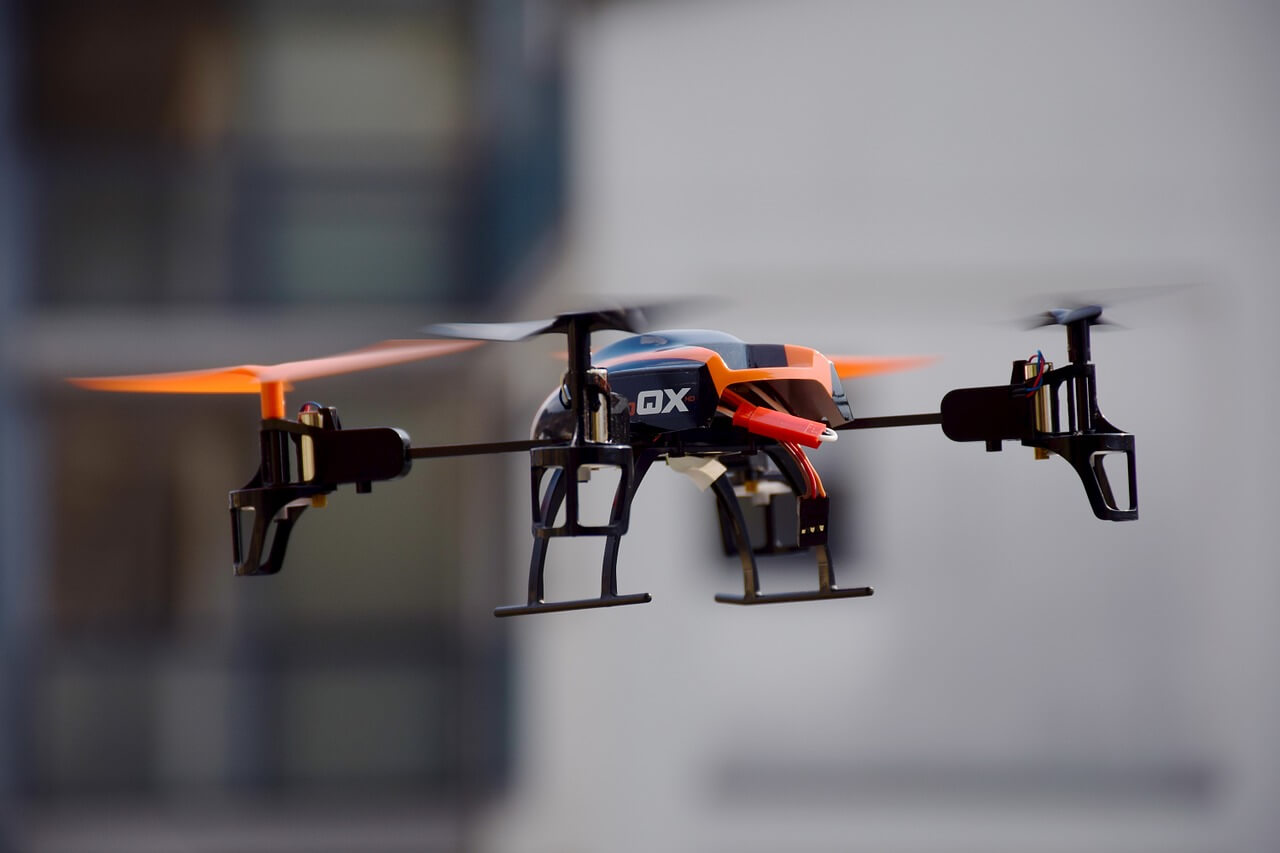
A typical workflow for processing drone images to highlight specific sky elements involves several steps:
1. Data Acquisition
Capture high-resolution images using a suitable drone and camera.
2. Preprocessing
Correct for geometric distortions and atmospheric effects.
3. Feature Extraction
Identify relevant features such as cloud boundaries and textures.
4. Classification
Categorize features into different cloud types or atmospheric phenomena.
5. Visualization
Create maps or visualizations of the identified sky elements. Each step requires specialized software and expertise.
Data Pipeline Flowchart
A data pipeline from drone image acquisition to sky element identification and analysis can be visualized as follows: Drone Image Acquisition → Data Transfer → Preprocessing (geometric correction, atmospheric correction) → Feature Extraction (cloud detection, texture analysis) → Classification (cloud type identification) → Data Analysis (statistical analysis, visualization) → Report Generation. This pipeline is iterative and often involves feedback loops for refining the analysis.
Ethical and Legal Considerations
The use of drones for atmospheric observation raises ethical and legal considerations. This section addresses potential privacy concerns, legal restrictions, and methods for conducting risk assessments.
Ethical Implications of Drone-Based Sky Observation
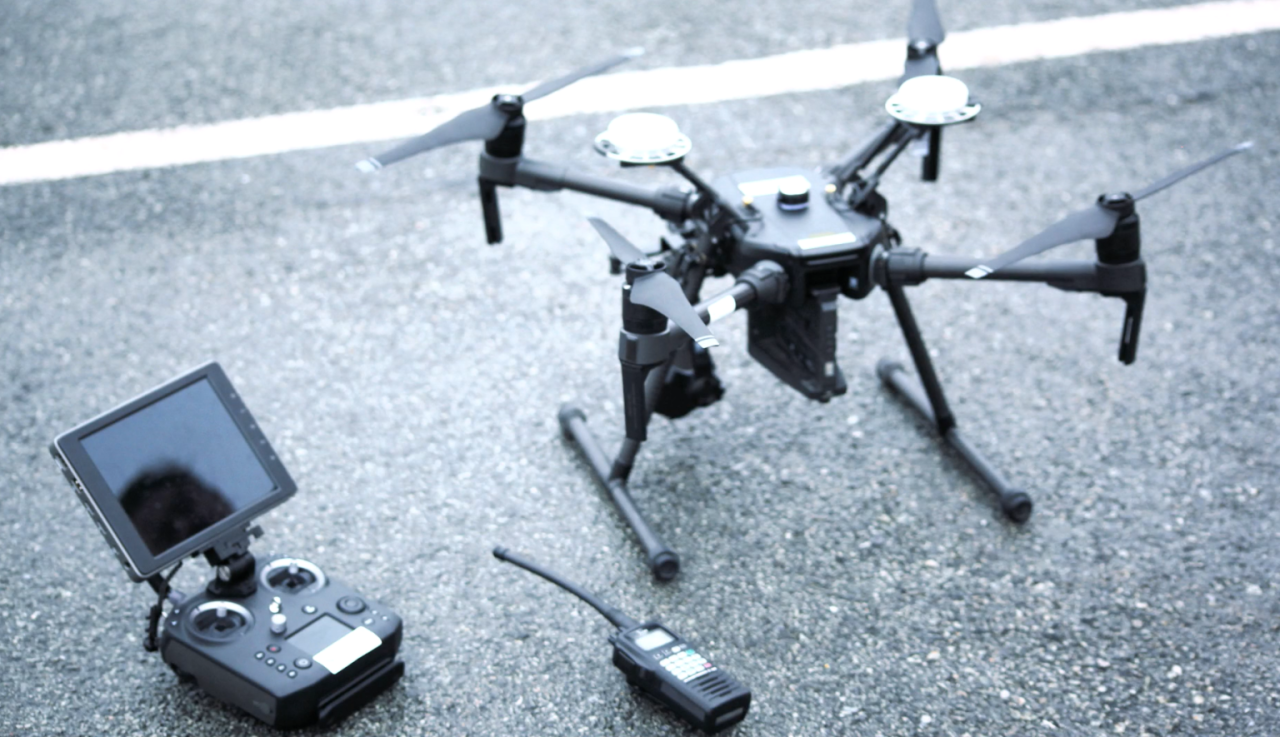
The ethical implications of using drones for observing and collecting data related to atmospheric phenomena are primarily centered around data privacy and responsible data handling. While observing the sky may seem innocuous, the possibility of capturing images of private property or individuals raises ethical concerns. Data security and responsible data usage are paramount. Researchers should ensure data is anonymized where necessary and used ethically and transparently.
Legal Restrictions and Regulations
Various legal restrictions and regulations govern drone operations, particularly near airports, restricted airspace, or other sensitive areas. Operators must obtain necessary permits and adhere to airspace regulations to ensure safe and legal operation. These regulations are often specific to the geographical location and can change based on airspace conditions. Failing to comply can result in penalties and legal repercussions.
Privacy Concerns Associated with Drone Imagery
Using drones to capture images of the sky can inadvertently capture images of surrounding areas, raising privacy concerns. Operators must be mindful of potential privacy violations and take steps to minimize the risk of capturing images of individuals or private property without consent. Strict adherence to privacy laws and regulations is critical.
Risk Assessment for Drone Flights
A risk assessment for a drone flight focused on observing sky elements should Artikel potential hazards and mitigation strategies. This includes assessing weather conditions, identifying potential obstacles, and planning emergency procedures. The assessment should consider factors such as wind speed, visibility, and proximity to airports or other sensitive areas. The mitigation strategies could involve selecting alternative flight times or locations, using redundant systems, and having emergency procedures in place.
Future Trends in Drone-Based Sky Monitoring
Advancements in drone technology are poised to revolutionize sky element observation. This section explores potential advancements and future applications of drone technology in atmospheric science.
The increasing sophistication of sky elements drones, particularly in their navigation and payload capabilities, is reshaping modern warfare. Recent events, such as the significant drone attacks on Russia, highlighted in this report ukraine drone attack on russia , underscore the evolving strategic implications of these unmanned aerial vehicles. Further advancements in sky elements drone technology will undoubtedly continue to influence military strategies and operations globally.
Advancements in Drone Technology
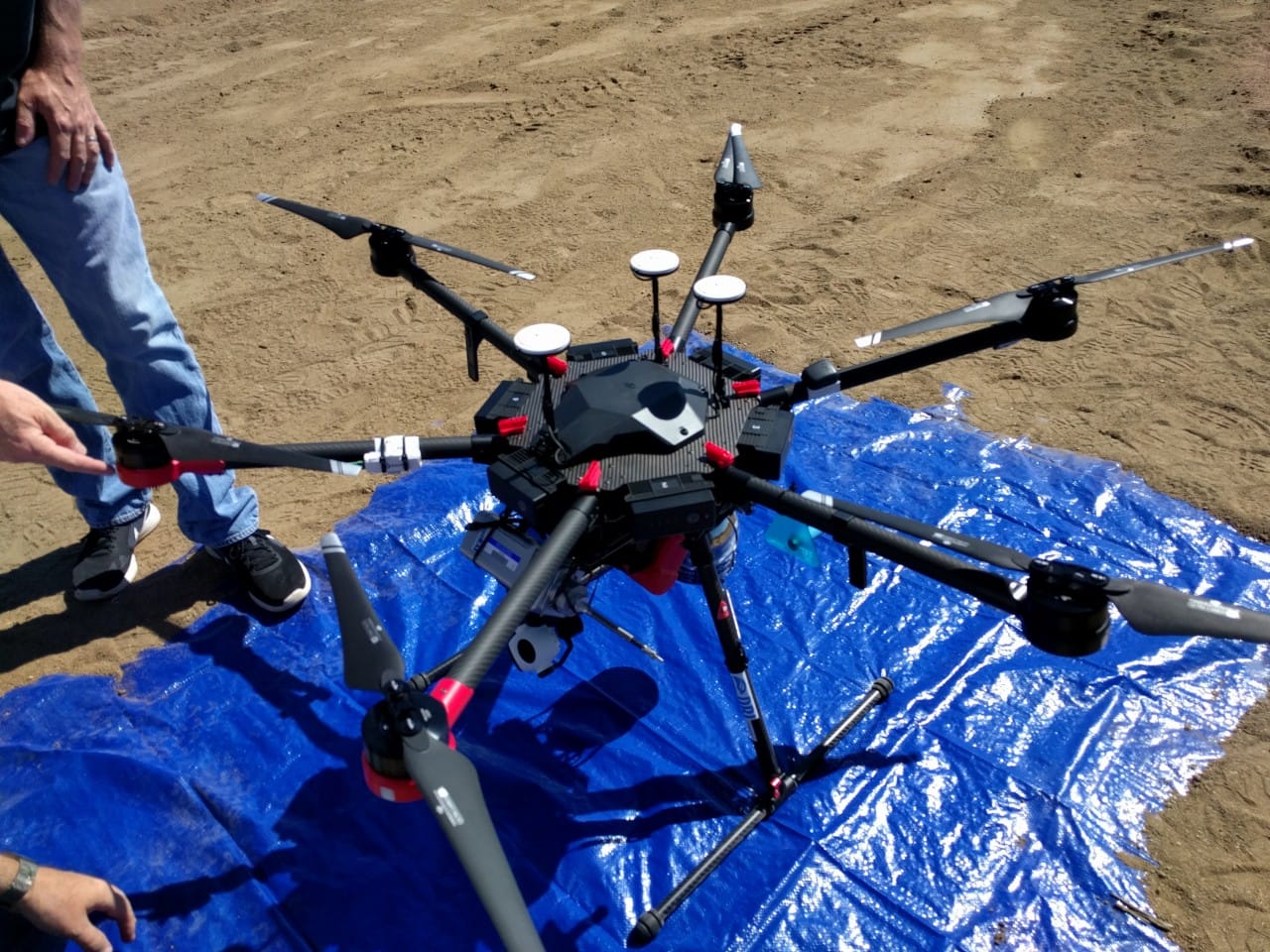
Future advancements in drone technology will likely improve the accuracy and efficiency of sky element observation. Higher-resolution cameras, more sophisticated sensors, and improved autonomous flight capabilities will enable more detailed and comprehensive data collection. The integration of artificial intelligence and machine learning algorithms will automate data processing and analysis, leading to faster and more accurate results. For example, drones equipped with advanced AI could autonomously identify and classify different cloud types in real-time.
Future Applications in Meteorology and Atmospheric Science
Drone technology holds immense potential for various applications in meteorology and atmospheric science. Improved weather forecasting, climate change monitoring, and atmospheric research will benefit significantly. Drones could be used to study the formation and evolution of storms, monitor air quality, and assess the impact of pollution on the atmosphere. This data will help scientists better understand atmospheric processes and predict future weather patterns.
Potential of Different Drone Types
Different types of drones, such as fixed-wing and multirotor drones, offer unique advantages for various sky observation tasks. Fixed-wing drones are better suited for long-range flights and large-scale surveys, while multirotor drones offer greater maneuverability and stability for close-range observations. The choice of drone type depends on the specific application and the required level of detail.
Conceptual Illustration of a Future Drone System
Imagine a future drone system specifically designed for detailed sky element analysis. This system would incorporate a suite of advanced sensors, including high-resolution cameras, multispectral sensors, and LiDAR. The drone would be equipped with advanced autonomous flight capabilities, enabling it to navigate complex atmospheric conditions and autonomously collect data. AI-powered onboard processing would allow for real-time data analysis and cloud classification.
The system would transmit data wirelessly to a ground station for further processing and analysis. This system would significantly improve the accuracy and efficiency of sky element observation, enabling a more comprehensive understanding of atmospheric processes.
The integration of drones into atmospheric observation presents a powerful new tool with far-reaching implications. While challenges remain in data processing and ethical considerations need careful attention, the potential for advancements in meteorological research, cinematic artistry, and environmental monitoring is significant. As drone technology continues to evolve, we can anticipate even more precise and efficient methods for observing and understanding the dynamic elements of our sky.
Clarifying Questions
What types of drones are best suited for sky element observation?
The optimal drone type depends on the specific application. Multirotor drones offer excellent stability for detailed imagery, while fixed-wing drones are better suited for covering larger areas.
What are the legal regulations surrounding drone operation for sky observation?
Regulations vary by location and often involve restrictions near airports, sensitive areas, and considerations for airspace safety. Always check local laws and obtain necessary permits before operating a drone.
How can I ensure the safety of my drone during various weather conditions?
Prioritize safe operating procedures. Avoid flying in strong winds, heavy rain, or thunderstorms. Use weather forecasting tools to assess conditions before flight.
